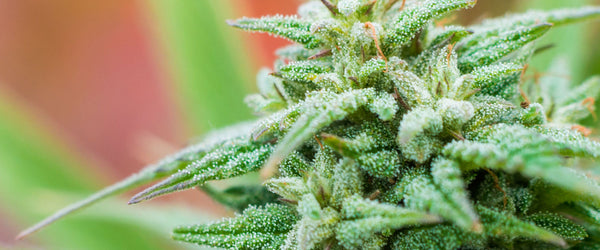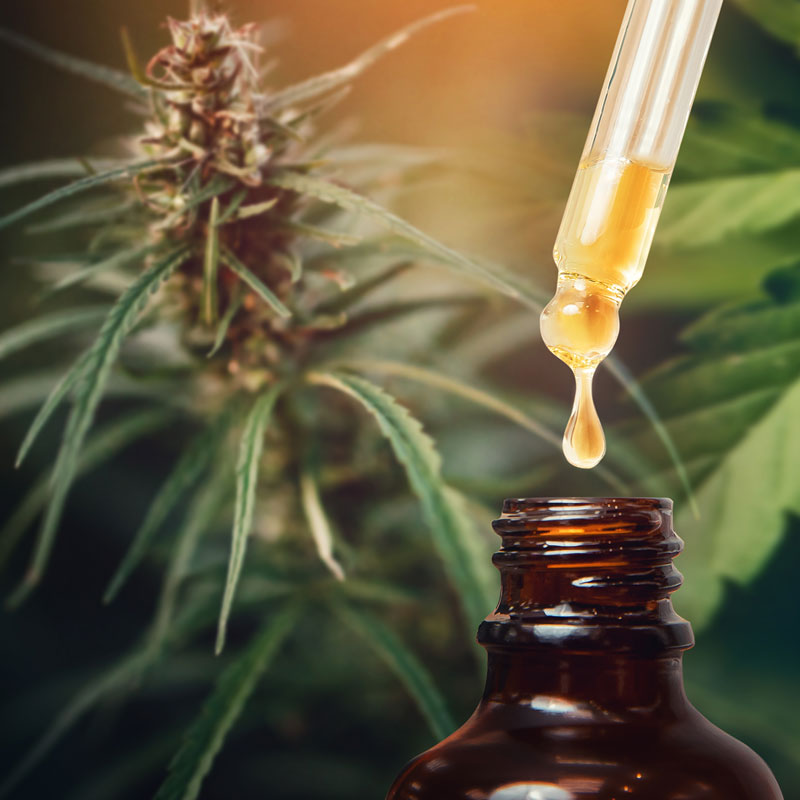About Therapeutic Effects of Various Cannabinoids - THC, CBD, CBV, CBG and more explored

Cannabinoids are fascinating compounds found in the cannabis plant, each offering unique effects and potential therapeutic benefits. For someone interested in the vast spectrum of cannabinoids and their specific health advantages, here's a concise overview, including both well-known and less familiar cannabinoids:
-
THC (Tetrahydrocannabinol): THC is the primary psychoactive component of cannabis, known for its euphoric effects. Beyond its psychoactivity, THC has therapeutic benefits including pain relief, nausea reduction, and appetite stimulation, making it valuable in treatments for chronic pain, cancer therapy side effects, and more.
-
CBD (Cannabidiol): CBD is renowned for its non-psychoactive properties, offering relief from anxiety, seizures, inflammation, and pain without producing a "high." Its broad therapeutic potential has made it a popular choice for treating epilepsy, anxiety disorders, and inflammatory conditions.
-
CBG (Cannabigerol): CBG is often considered a minor cannabinoid but has significant medical promise, particularly for its antibacterial, anti-inflammatory, and neuroprotective properties. It is being explored for use in treating MRSA infections, inflammatory bowel disease, and glaucoma.
-
CBC (Cannabichromene): CBC has shown promise in neurogenesis and possesses anti-inflammatory properties, potentially beneficial for neurodegenerative diseases and inflammation-related conditions. Its ability to promote the growth and development of brain cells is particularly noteworthy.
-
CBN (Cannabinol): Known for its sedative effects, CBN may aid those with insomnia or sleep disorders. Additionally, it shows potential as a pain reliever and for its ability to regulate the immune system.
-
THCV (Tetrahydrocannabivarin): THCV is notable for its appetite-suppressing properties and potential to regulate blood sugar levels, making it interesting for weight management and diabetes management.
-
CBDV (Cannabidivarin): Similar to CBD, CBDV is non-psychoactive and is being researched for its potential in treating neurological disorders, such as epilepsy, Parkinson's disease, and multiple sclerosis.
-
CBDA (Cannabidiolic Acid): The acidic precursor to CBD, CBDA may offer anti-inflammatory, anti-nausea, and anti-cancer properties, representing a promising area for future research.
-
CBGA (Cannabigerolic Acid): As the "mother of all cannabinoids," CBGA is the chemical precursor to many other cannabinoids. It's being studied for its potential metabolic disorder benefits, as well as its anti-bacterial and anti-inflammatory properties.
In discussing cannabinoids and their therapeutic effects, an essential concept to understand is the difference between the "acidic" forms of cannabinoids and their neutral (or "activated") counterparts. This distinction is crucial due to the unique effects of each form and the importance of a process known as decarboxylation.

Acid Forms of Cannabinoids
Cannabinoids in their acid form, such as THCA (Tetrahydrocannabinolic acid) and CBDA (Cannabidiolic acid), are the precursors to the more commonly known THC (Tetrahydrocannabinol) and CBD (Cannabidiol). These acidic forms are found in the raw cannabis plant and have different properties compared to their neutral forms. For instance, THCA is non-psychoactive, unlike THC, which produces psychoactive effects. Similarly, CBDA has been studied for its potential anti-inflammatory and anti-nausea properties, which can be distinct from the effects of CBD.
Effects of Acidic vs. Non-acid Forms
The acidic forms of cannabinoids have been found to have unique therapeutic effects that can differ significantly from their decarboxylated counterparts. For example, research suggests that THCA has neuroprotective and anti-inflammatory properties and may be beneficial in treating neurodegenerative diseases and inflammation without causing the psychoactive effects associated with THC. Similarly, CBDA has shown promise in preclinical studies for its potential to reduce anxiety and nausea, offering a different spectrum of benefits from CBD.
The Importance of Decarboxylation
Decarboxylation is a chemical process that removes a carboxyl group from a molecule, releasing carbon dioxide (CO2). In the context of cannabis, decarboxylation converts the acidic forms of cannabinoids (like THCA and CBDA) into their active forms (THC and CBD). This process is typically achieved through the application of heat, such as when cannabis is smoked, vaporized, or cooked into edibles. Decarboxylation is crucial for activating the psychoactive and therapeutic effects of cannabinoids that consumers often seek.
Understanding decarboxylation is essential for both consumers and medical professionals, as it affects the potency and effects of cannabis products. For example, consuming raw cannabis (which contains cannabinoids in their acid form) will not produce the same psychoactive effects as consuming cannabis that has been decarboxylated, because THCA does not bind to the CB1 receptors in the brain in the same way that THC does.
In summary, the acid forms of cannabinoids offer a different profile of effects compared to their decarboxylated counterparts. These differences highlight the complexity of cannabis as a plant medicine and underscore the importance of decarboxylation in preparing cannabis for therapeutic use. Understanding these nuances is vital for anyone looking to explore the therapeutic potential of cannabinoids in their various forms.
Resources to Learn More
For those interested in delving deeper into the therapeutic effects and research surrounding these cannabinoids, these sources offer a wealth of information on the current state of research regarding the medical use of cannabis and cannabinoids, contributing valuable insights for both medical professionals and individuals interested in this rapidly evolving field.
- Therapeutic Effects of Cannabis and Cannabinoids - The Health Effects of Cannabis and Cannabinoids - NCBI Bookshelf: This comprehensive review provides detailed insights into the effectiveness of cannabis and cannabinoids for treating chronic pain among adults. It discusses the methodologies of various studies, highlighting the modest effect of cannabinoids on pain relief across different conditions. The document emphasizes the need for further research on the efficacy, dosing, administration routes, and side effects of commercially available cannabis products in the United States. For more detailed information, you can visit the NCBI Bookshelf website here.
- The therapeutic effects of Cannabis and cannabinoids: An update from the National Academies of Sciences, Engineering and Medicine report - PubMed: This review summarizes a comprehensive analysis by the National Academies of Sciences, Engineering, and Medicine on the health effects of cannabis and cannabinoids. It provides evidence of the effectiveness of cannabis or cannabinoids in treating pain in adults, chemotherapy-induced nausea and vomiting, and spasticity associated with multiple sclerosis, among others. The review also addresses the limitations and barriers to cannabis research in the U.S., which might explain the scarcity of documented therapeutic benefits. Further details are available on PubMed here.
These resources can provide a wealth of information for anyone looking to explore the scientific underpinnings of the therapeutic claims associated with various cannabinoids.
The content provided in this blog post is for informational purposes only and is not intended as medical advice, diagnosis, or treatment. While the information is based on research and sources believed to be reliable, the complexities and evolving nature of scientific research mean that understandings and interpretations can change. The details shared about the therapeutic benefits of cannabinoids are intended to encourage readers to explore these topics further and do not serve as a substitute for professional medical advice. Always consult a healthcare provider or a qualified medical professional for personalized advice before making any decisions about your health or treatment options. The authors and publishers of this content are not responsible for any adverse effects or consequences resulting from the use of any suggestions, products, or procedures discussed in this blog post. The use of any information provided is solely at your own risk.








